The Source of the famous Nile River, Lake Victoria is located in East Africa. Discovered by John Speke in 1858 and named after the then Queen (Victoria) who was at the reins of England that time. The lake rests between three countries namely, Kenya, Uganda and Tanzania. Lake Victoria covers an approximate 68,800 km squared.
Despite is massive size (About the same size as Ireland), it is massively shallow and its deepest point is only 100 meters. Lake Victoria is among the largest of fresh water bodies. It is known to be the largest tropical lake.
Lake Victoria contains about 15% of the total volume of water that is found in the neighboring Lake Tanganyika. The lake lies within an elevated plateau that is set in the western part of The Great Rift Valley.
The source of River Nile starts its journey from Jinja and meanders through Bujagali falls and drains in Lake Kyoga. It then cuts a passage West across karuma Falls. It follows the narrow passage of Murchison Falls towards Lake Albert through Uganda, Sudan and finally settles in Egypt.
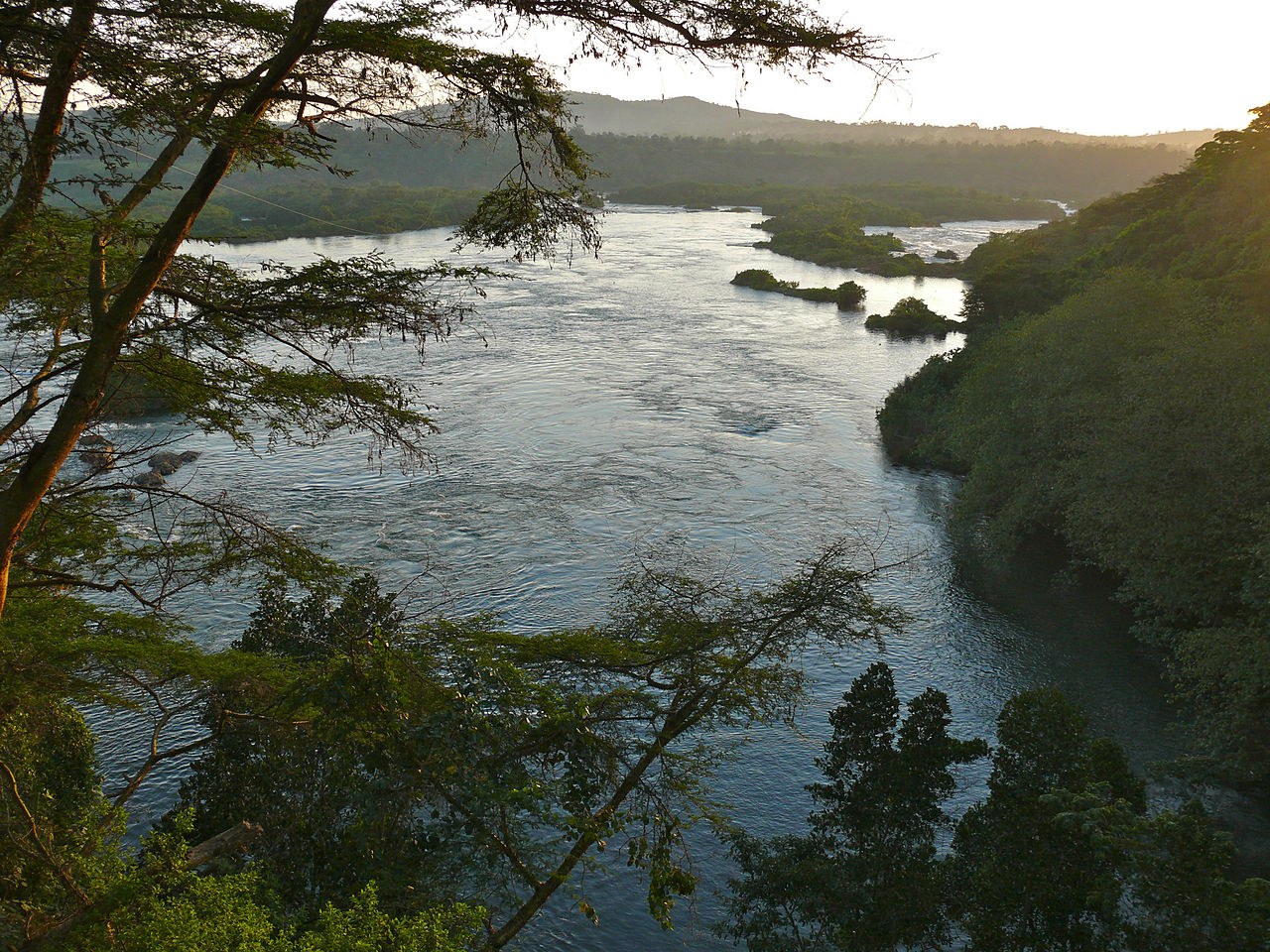
The lake is completed by the existence of a group of 84 islands within it, known as the Ssese group. These Islands have significantly attracted tourism due to exciting natural surroundings including exotic wildlife. These islands differ from the sizes, shapes, vegetation including wildlife and people. .
Fact about Lake Victoria
• Its shore line measures 3,440 km Long
- Arab traders were the first to record the discovery of the lake. A map of the lake was created by them dating back to approximately 1160 AD.
• There are more than 3,000 islets. More of these Islets are inhabited
• Kiira and Nalubaale (Owen Falls) dams have been built on the Victoria Nile and the lake’s waters are used in the production of hydroelectricity.
• Kenya, Uganda and Tanzania are the three countries bordering Lake Victoria
• The Ugandan cities of Entebbe and Kampala lie along the Northern Coast of the Lake.
- Primary Outflows: The White Nile River which is commonly referred to as the Victoria Nile
TANZANIA, UGANDA, KENYA
68800
83
40
337.0
250.0
184000
1133
- Pollution: Many towns surround this body of water. These towns dump thousands of gallons of raw sewage into the lake on a daily basis. This coupled with the fertilizer and chemicals from farms cause a huge pollution problem.
- Water Hyacinth: This plant was introduced to Africa by Europeans; it reproduces rapidly and covers large areas of the lake. The dense mat of plants block sunlight needed for survival by the life below the surface.
- The booming fish-export industry: The demand for fish has been increasing rapidly with the population of Africa. This is bringing the fish populations down to dangerously low levels.
Early Explorers
The British explorer John Hanning Speke is the first European who sighted the lake, on its southern shore, in 1858. Speke was in an expedition with Richard Francis Burton, an expedition aimed at exploring Central Africa and locating the Great Lakes.
Speke also believed that Lake Victoria was the source of the Nile, and named the lake after Queen Victoria. Burton was recovering from illness on the shores of Lake Tanganyika at the time, and was outraged at Speke’s claims to have found the source of the Nile.
David Livingstone was one of the explorers who failed to verify Speke’s claim, because he pushed too far West and entered the Congo River system. The truth of Speke’s claim was ultimately confirmed by Henry Morton Stanley, a Welsh-American explorer, who circumnavigated the lake and reported the great outflow on Lake Victoria’s northern shore.
Britain and Germany divided the lake at 1° South latitude in 1890, in the middle of European scramble for African colonies. The southern section was allotted to Germany, while the northern section to Britain. The Germans conducted important scientific projects on their section of the lake, for both strategic and research purposes.
Emil Pasha was a German doctor, naturalist and ornithologist. He stayed on the Nile north of Jinja for 12 years, and he used to send thousands of regional birds, animals and plants to museums in Europe. He founded the town of Bukoba in 1890, when he was on his way to his camp which was located near Lake Albert.
When he returned to Lake Albert, his camp was in total disorder. Going into the Congo, he was killed by a group of Arab slavers in 1892. The importance of his work is undeniable: he was the first pioneer naturalist who combined geographical exploration and scientific research in the fields of geology, biology, anthropology, and medicine.
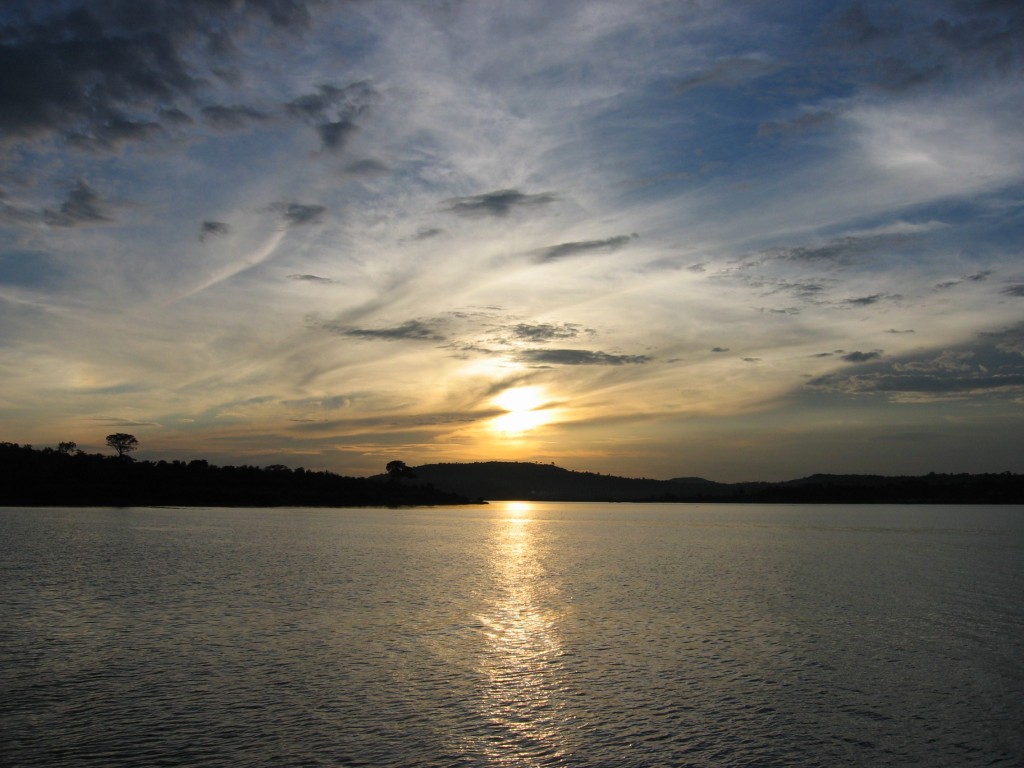

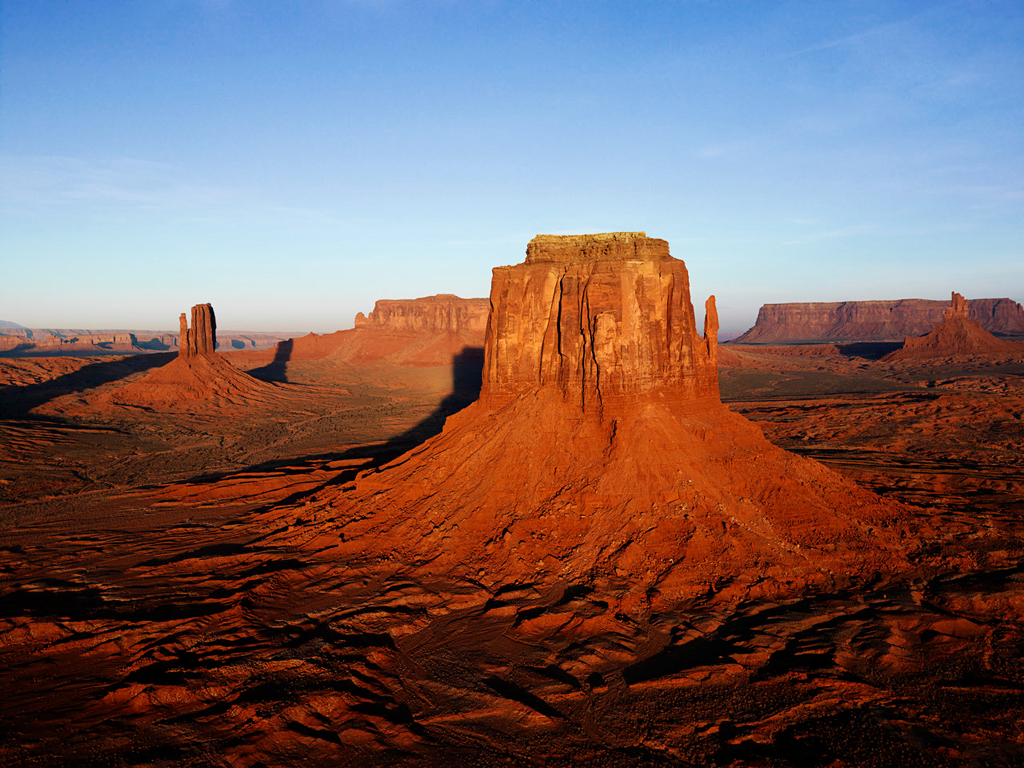

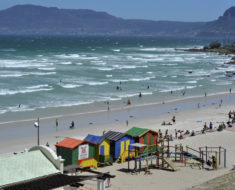

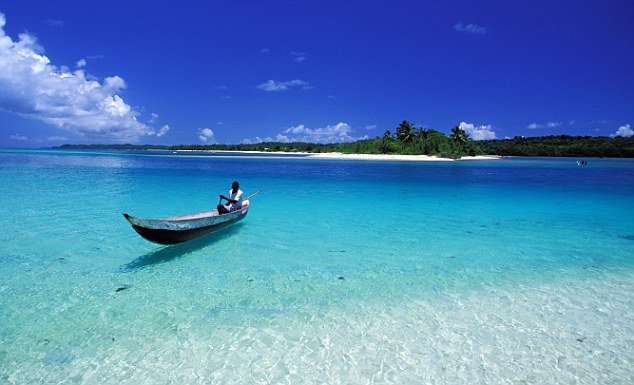
I have read the interesting facts about the Lake Victoria. However, I think there is a persistent mistake regarding discovery. Lake Victory was not hidden anywhere and it is very visible to all who can see. You for instance indicate that the Arab traders recorded it in 1160 AD, and then Speke “discovered” it in 1858. But most importantly, along all its shores there were people and they saw everyday and interacted with the lake. In Uganda for instance it was known as Nalubaale (the lake of gods). I am sure there are also local names in Kenya and Tanzania. We should rephrase and instead of discovery, we could probably say that the first British man to see Lake Victoria was Speke and he could probably be credited for “baptising” the lake.
And all I wanted to know was where is the headwater of the Nile was–Been reading for hours and am amazed by facts about the Nile river areas– This is superb reading and a great history lesson–Have map will travel John , Palm Springs Calif
JOhn Speke did not discover lake Victoria, there were people living there before he even saw the lake, he just claimed and stole another black man’s idea who took him to the lake through the bushes to get water
It specifically says he was the first “European”. Try reading the actual passage instead of launching off into some “we wuz kangz” crap.
Though lake Victoria was known to local people Mr Speke let it know to a wider world , therefore he should be credited with its discovery
Thank you for that facts
is lake victoria situated in the mountains of the moon? I read the mountains of the moon was the source of the nile.
I am interested in depth of the Lake. Which is the deepest point? I concur with the Ugandan name ‘Nalubaale’ we among the Kenyan Luo call it ‘Nam Lolwe’ for the great expanse of water